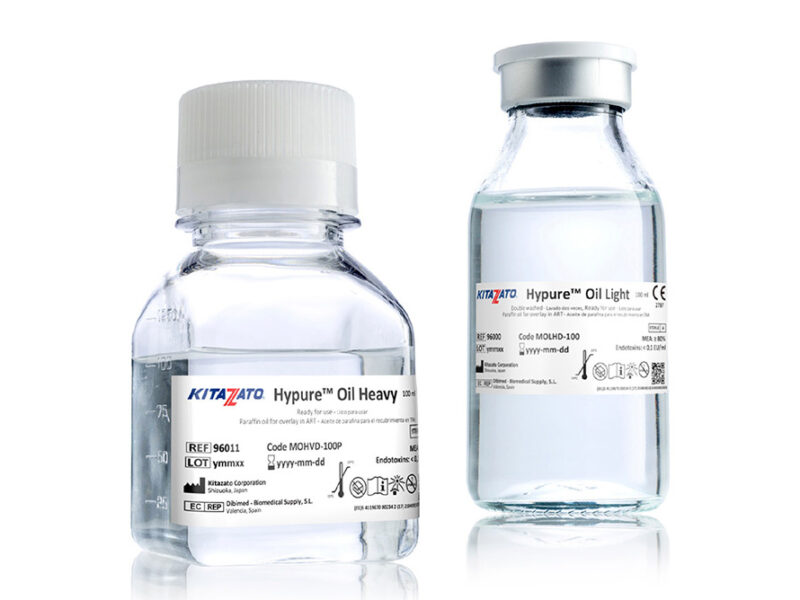Although the prevalence of failed genetic tests is low, this will imply to re-biopsy the non-diagnosed blastocyst. Repeating the test will involve a second round of biopsy and a second round of vitrification. On the other hand, there are patients who can also request genetic tests on non-biopsied embryos that are already cryopreserved to allow a transfer of an euploid embryo. In this case, even though a single biopsy is performed, this will require two cryopreservation procedures.
Scientific evidence has demostrated that warming previously vitrified embryos followed by biopsy and re-freezing maintains embryo viability and clinical pregnancy rates (2). Furthermore, given that blastocyst re-biopsy produces an euploid result in a high percentage of cases and favorable pregnancy outcomes, this strategy deserves consideration for all patients who want to know the ploidy status of their entire cohort of embryos, and particularly for those patients who do not have other embryos available for transfer (3).
(1)Rodriguez-Purata J. et al. Reproductive outcome is optimized by genomic embryo screening, vitrification, and subsequent transfer into a prepared synchronous endometrium. J Assist Reprod Genet. 2016 Mar; 33(3): 401-412.
(2) Wilding M. et al. Thaw, biopsy and refreeze strategy for PGT-A on previously cryopreserved embryos. Facts Views Vis Obgyn. 2019, 11 (3): 223-227
(3) Neal S.A. et al. When next-generation sequencing-based preimplantation genetic testing for aneuploidy (PGT-A) yields an inconclusive report: diagnostic results and clinical outcomes after re biopsy. JARG. 2019, 36:2103-2109.










